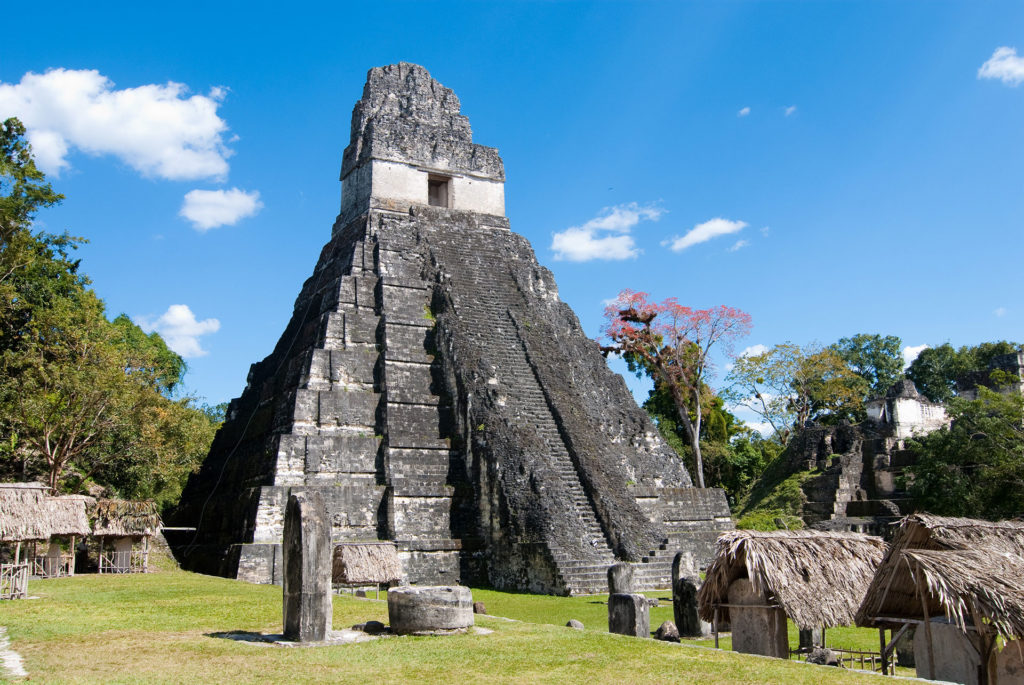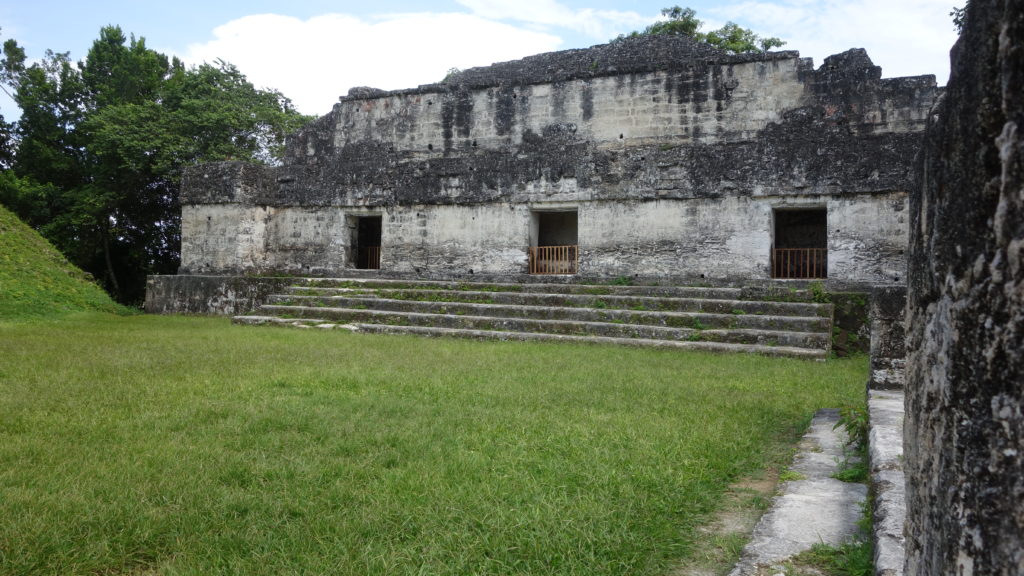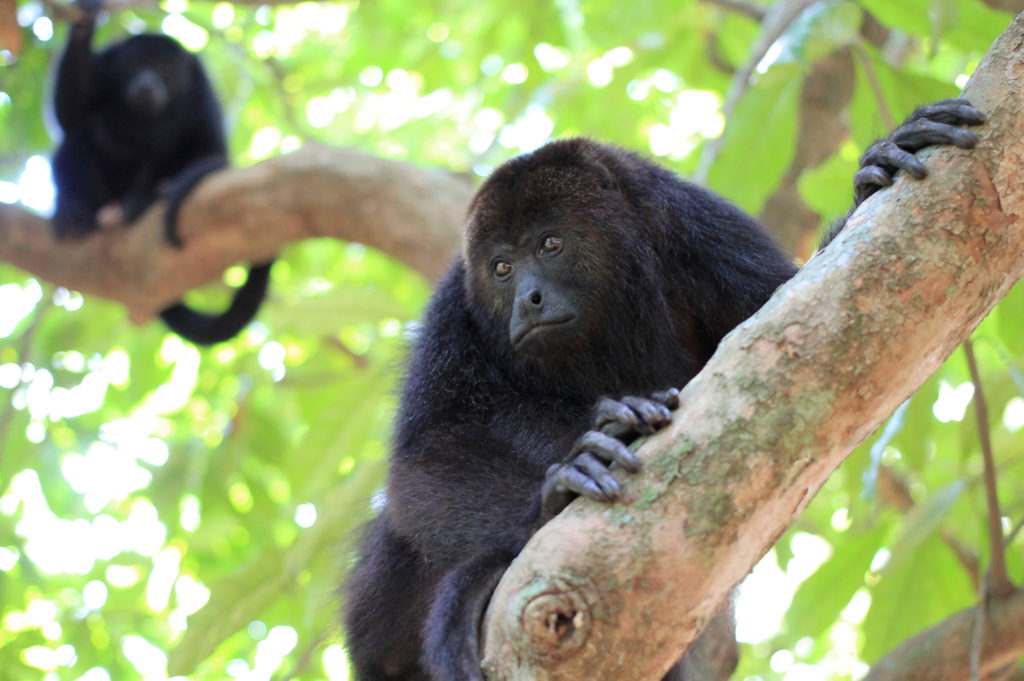
The Place of Voices. Let’s visit the great city of Tikal!

Temple of the Grand Jaguar. Downtown Tikal.
The ancient city of Tikal, located in what is now Guatemala, was one of the most powerful and influential cities of the Mayan civilization. Known for its impressive architecture, rich culture, and advanced understanding of celestial phenomena, Tikal continues to fascinate archaeologists and visitors alike.
At its peak, Tikal was home to tens of thousands of people and ruled over a large network of cities and territories. Many notable rulers led the city throughout its history, but in this article, we will focus on two of the most well-known: Jasaw Chan K’awiil I and Yik’in Chan K’awiil.
Jasaw Chan K’awiil I
Jasaw Chan K’awiil I ruled Tikal from 682-734 AD and is perhaps best known for his successful military campaigns. Under his leadership, Tikal expanded its territory significantly, conquering several neighboring cities and establishing a vast regional empire.
However, Jasaw Chan K’awiil I is also remembered for his impressive architectural accomplishments. He oversaw the construction of many notable structures in Tikal, including the Temple of the Great Jaguar, one of the most iconic landmarks in the city. This massive pyramid-like structure, which rises over 140 feet tall, was built to honor Jasaw Chan K’awiil I himself and is adorned with intricate carvings and sculptures, showcasing the Maya’s impressive artistic and architectural skills.
Yik’in Chan K’awiil
Another notable ruler of Tikal was Yik’in Chan K’awiil, who reigned from 734-766 AD. Yik’in Chan K’awiil inherited a substantial empire from his predecessor but faced significant challenges during his reign. During this time, Tikal faced invasions from the neighboring city of Calakmul, which threatened to destabilize the empire.
Despite these challenges, Yik’in Chan K’awiil was able to maintain Tikal’s power and even expand it further. He commissioned several impressive structures during his reign, including the Temple of the Inscriptions, which houses a tomb thought to belong to one of his predecessors.
The Palace complex. Downtown Tikal
Maya Philosophy of Time
One of the fascinating aspects of Tikal and Mayan civilization in general is their advanced understanding of astronomy and the concept of time. The Maya believed that time was cyclical and that the world underwent a series of epochs or cycles, each lasting around 5,125 years.
These cycles were marked by significant celestial events, such as the alignment of the sun and stars. The Maya were able to accurately predict these events through the use of complex calendars and astronomical observations.
This understanding of time is reflected in many of Tikal’s impressive structures, which were built to align with celestial events and honor the gods associated with them. For example, the Temple of the Great Jaguar was positioned to face the rising sun during the spring equinox, while the Temple of the Inscriptions aligned with the setting sun during the winter solstice.
In summary, the ancient city of Tikal is a testament to the advanced knowledge and skills of the Maya civilization. Rulers like Jasaw Chan K’awiil I and Yik’in Chan K’awiil oversaw the construction of some of the most impressive architecture of their time, impressing visitors and scholars even today.
Their understanding of astronomy and time reflected in their impressive structures is another testament to their advanced understanding of the world around them. Tikal is truly an awe-inspiring place that captures the beauty and richness of Mayan culture. If you get the chance to visit, you won’t be disappointed.
Book with us. Email us at tourswithnine@gmail.com or send us a WhatsApp at 501-610-2110. Let’s take this adventure together.
Black Howler Monkeys at home in Tikal.


